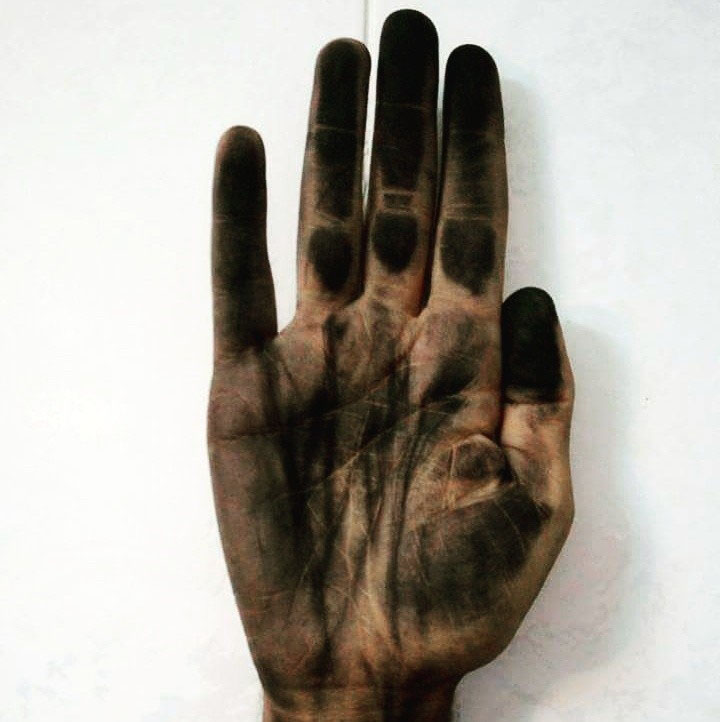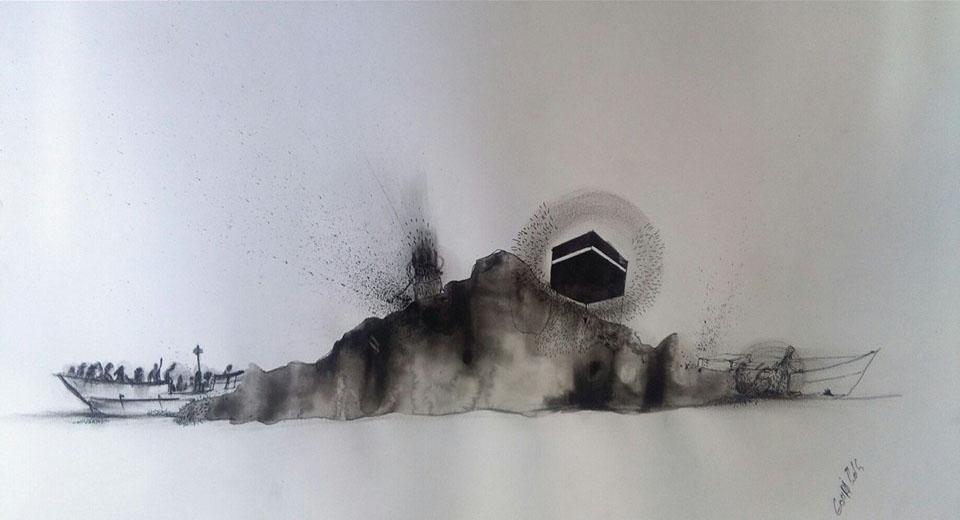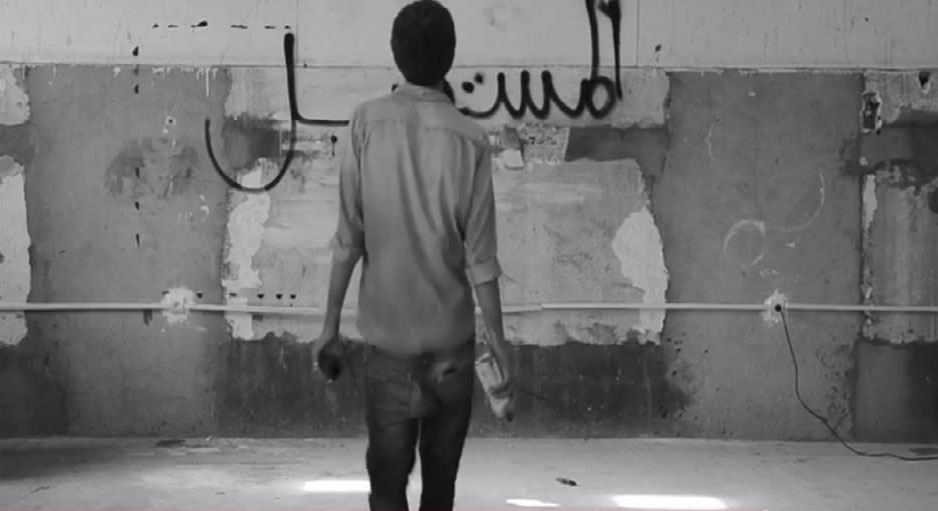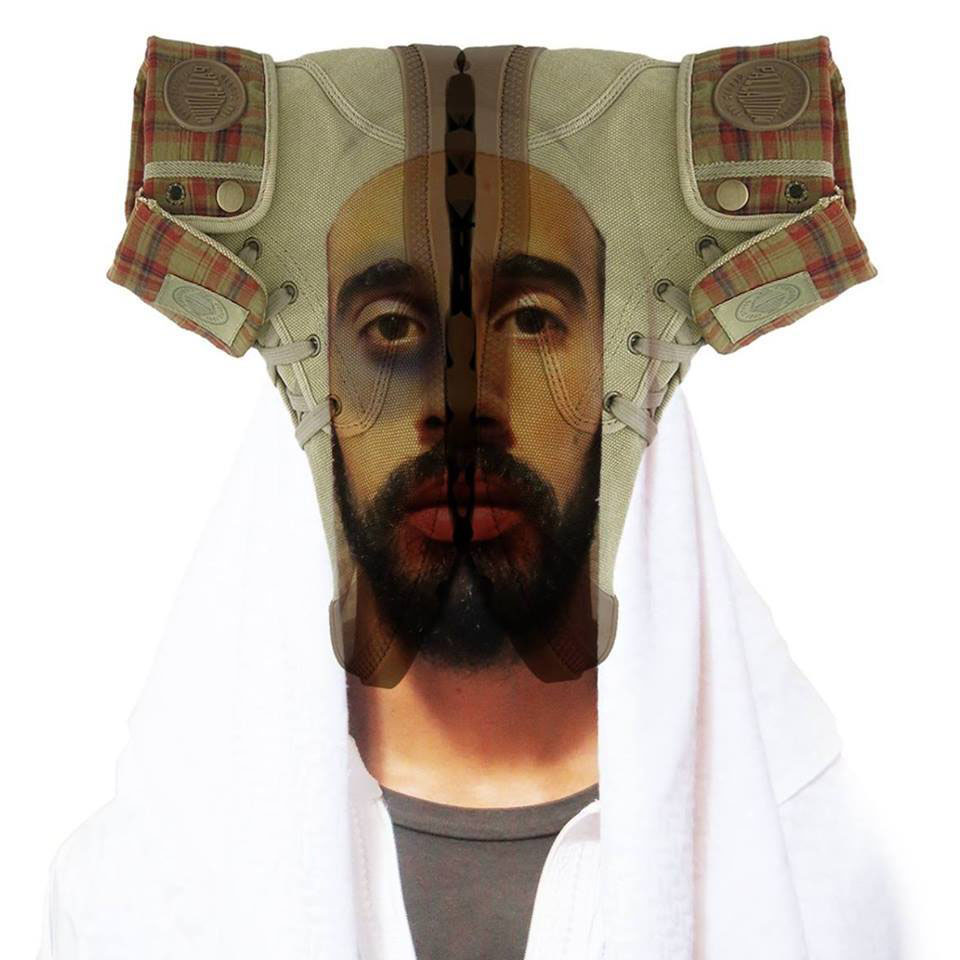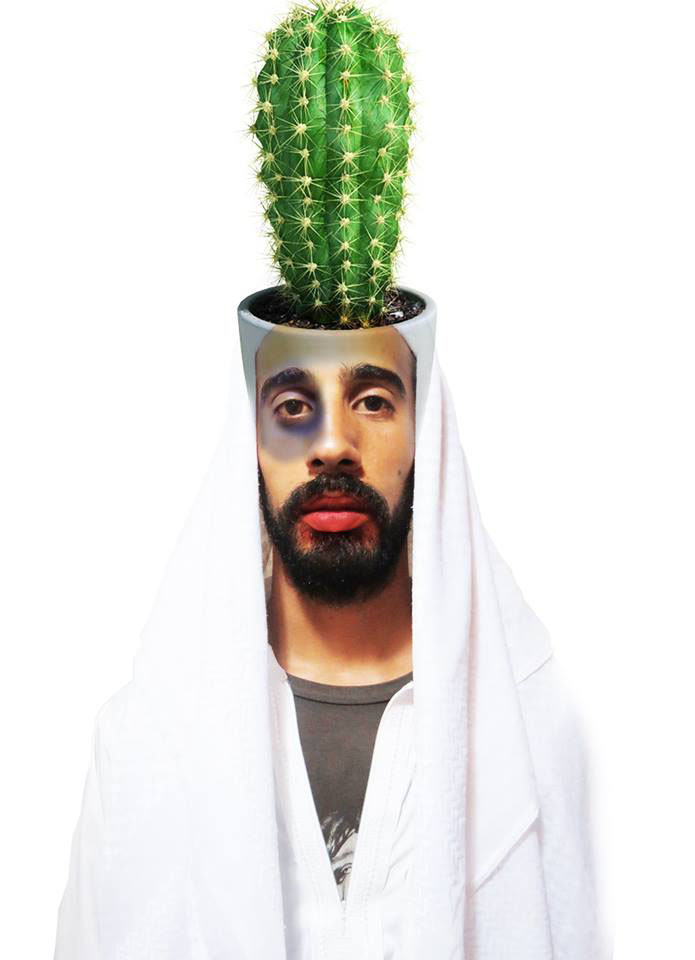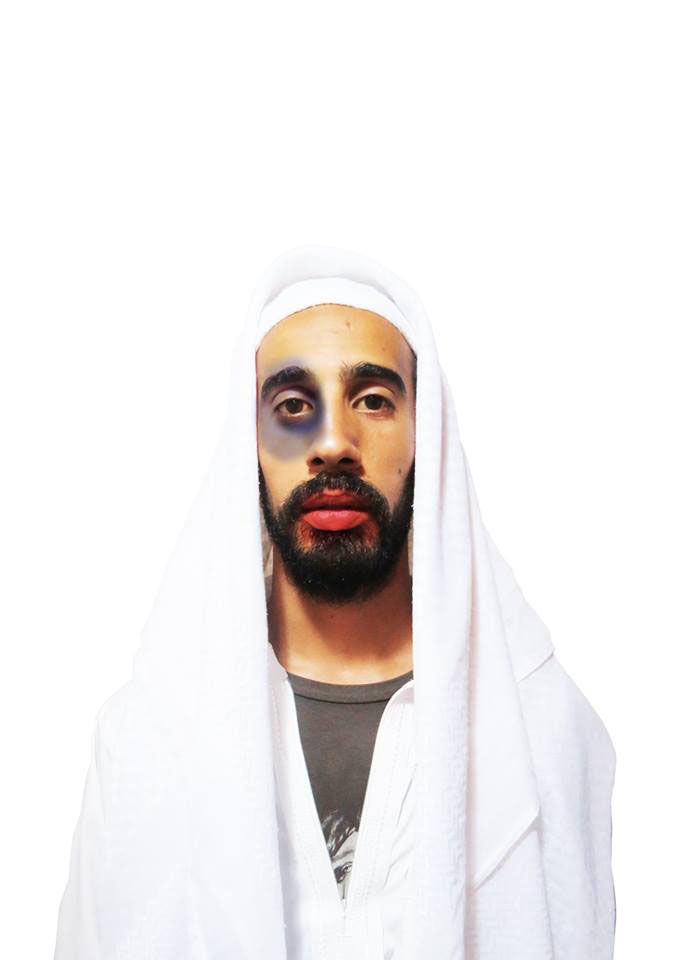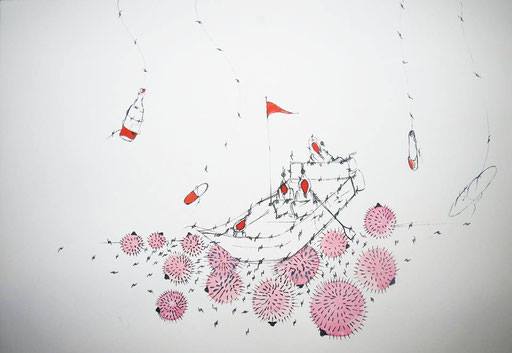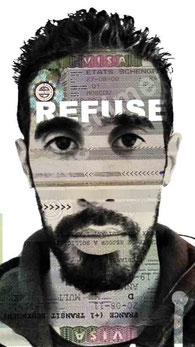[youtube]https://youtu.be/ay27Wyh095Q[/youtube]
El Mustaqbal (future)
by Yessa Melili, France with Naomi Middelmann, Switzerland
I discovered Gouri Mounir’s work thanks to Ron Shelton who sent me a link to his video called “ El Mustaqbal”, which translates to “Future.” I was immediately struck by the way, Mounir makes us feel like a voyeur of the suffering of others. It is unclear whether we, the viewer, are watching the powerlessness of others from a privileged position, or whether we are also stuck in this world, where we are powerless to protect, speak up, or be heard. Mounir’s art is not about pretty pictures. His subject matters are disturbing. But as Frie Leyson, Belgian curator and theater festival-maker, said in 2015 “ Art should not please. On the contrary, art has to show where it hurts in our societies, in our world. We urgently need to get the courage back to pick up this role of disturbers again.” Mounir’s one of those artists, who are willing to be a disturber, to ask hard questions, to confront us with realities that we may not want to face. Naomi Middelemann
Mounir, the magician. His childhood and adolescence spent in what is called Algeria’s “dark Decade.” Against the backdrop of this harsh climate, he began to develop his critical sense of the world. Misleadingly nonchalant, he is both a sharp observer and very critical of our society. Mounir remains lucid on the social, economic difficulties and cultural problems that trouble Algerian society. Aware of the fossilized cultural system, he attempts to draw attention to all the difficulties that society encounters in general and artists face particular.
Gouri is a talented multi-media artist, who refuses to limit himself to a single medium. With a degree in graphic design, he is also a photographer, sculptor, who does video performance work, installations, paints, and draws. The work of Gouri Mounir is both subversive and provocative. At the same time it is contemporary. His drive to create is beyond his control. It is in his genes.
His work points to where it hurts. He uses the power of images in his artistic process to protest, to speak up about the suffering in society. He forces us to question and challenge our assumptions. For example, he uses incongruous religious elements superimposed on his photographs in the series “La rue religieuse”: images of minarets or the Virgin Mary, a shoe in the place of brains, flower pots superimposed on faces.
“El Mustaqbal” which means future is a black and white silent film which shows how words have been confiscated from young people. In front of a wall, the word “Mustaqbal” is written by the artist. One then two and then a multitude of young people bump against the wall representing the in-existent future and the powerlessness the young generation feels. They bump against a concrete wall that leads to nowhere. “the social and economic difficulties make it possible to project into the future a business fraught with uncertainty and insurmountable obstacles, a wall, a dead end.”
HAF: Mounir, this is visually a powerful piece. The wall symbolizes a barrier, both literally and metaphorically. Please elaborate how you are defining barrier in “El Mustaqbal”?
Mounir: This barrier is both a source of desire and frustration. Everyone aspires for a better and peaceful tomorrow. The aesthetics of calligraphy of the word “El Mustaqbal ” is enthroned on a wall where bodies project into an aborted momentum. This reveals a lack of conviction synonymous with a kind of slackening fatigue. The quest is individual first before it becomes part of the collective. We see so many bodies, was rushed to a rigid surface. A desperate act, an emergency, a final gesture, but towards what?
HAF: How did you derive the title “future” for this piece?
Mounir: The word “future” written in the Arabic language to its literal and metaphorical mental representation as perceived in the imagination of the Algerian society. Indeed, the social and economic difficulties make it possible to project into the future a business fraught with uncertainty and insurmountable obstacles, a wall, a dead end.
His drawings are extremely sensitive, the fineness of the line and the renderings are juxtaposed against the harsh subject matters portrayed. This is refined violence. Characters and objects are surrounded by a sort of barbed wire. Individuals appear faceless. This is anonymous suffering.
In his work “Resistance,” he describes: “Obtaining a visa for France or other countries belonging to the Schengen area remains one of the major concerns of young North Africans and Algerians in particular. Indeed, the visa for France is increasing and that, despite a repeated refusal to issue a travel document. Algerian applicants never lose hope and continue to do and redo requests whenever the opportunity arises. ”
Mounir’s work attempts to denounce all these forms of injustice. His works fight for the ability to enjoy a freedom and to enjoy a sensitive multi-faceted artist.
Yessa Melili, is an Algerian art blog writer, graduated from the school of Fine Arts of Algiers in 1989. Her blog “I Hate Art” which is a cultural bridge between the two shores of the Mediterranean for the promotion of Algerian artists and culture. Yessa is currently living in France. Naomi Middelmann is a Swiss/American mixed media artist who is based out of Lausanne Switzerland. She has written for Spin magazine, Gear Magazine and writes for Wonderlust.



